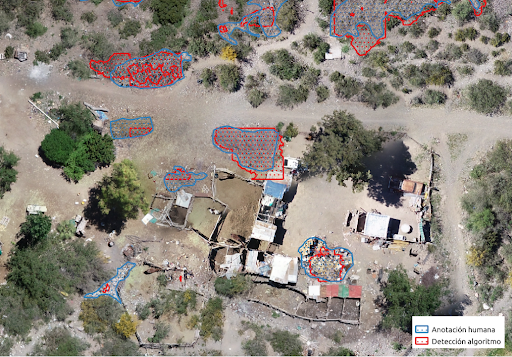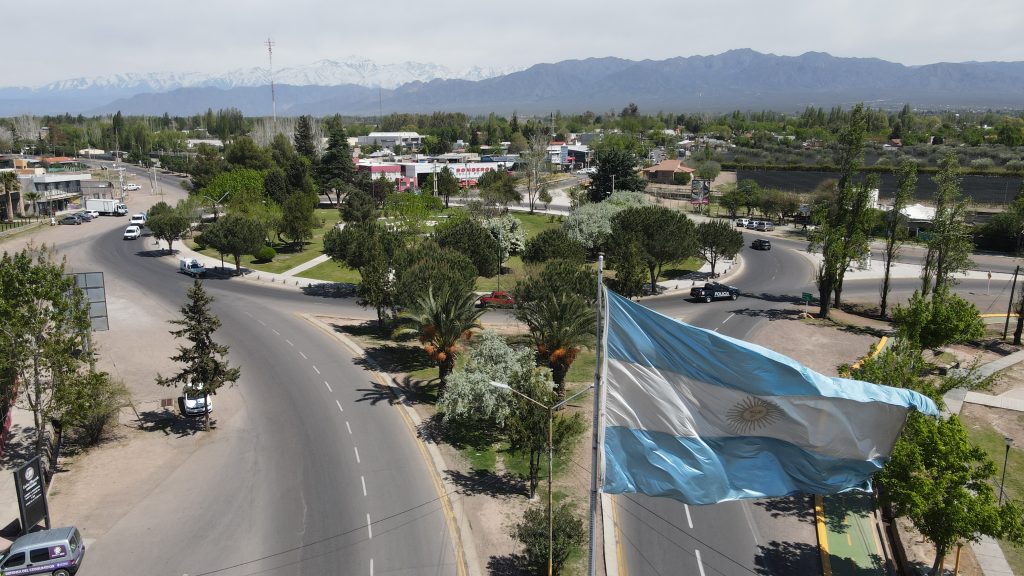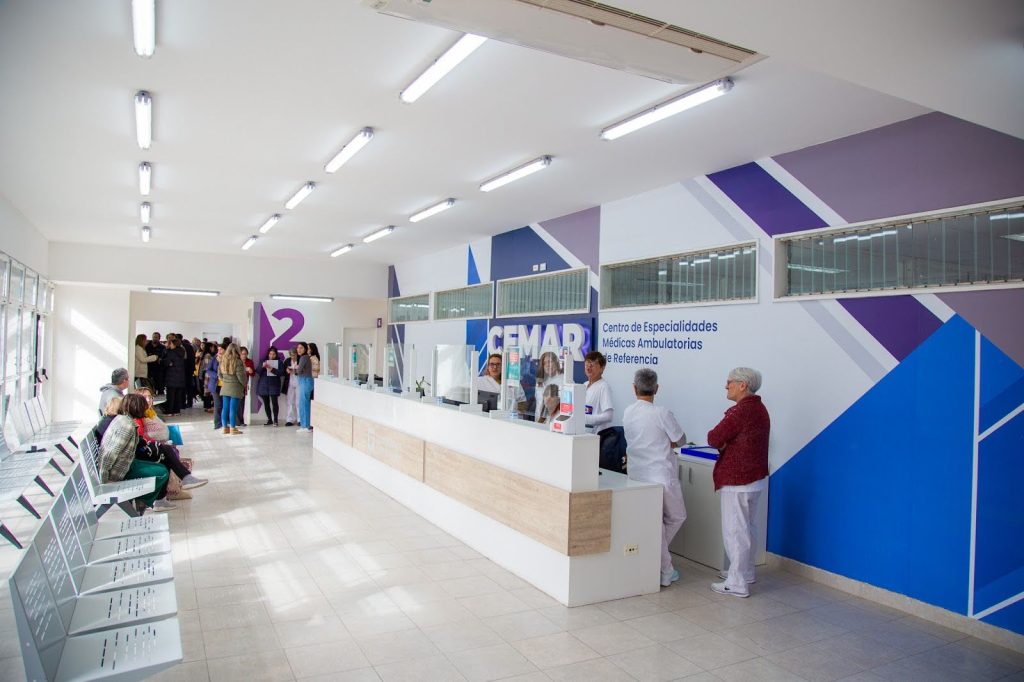San Nicolás, Argentina
San Nicolás Uses Data and New Digital Infrastructure to Increase Access to Quality Health Care
Project Type:
Health and Wellbeing, Technology

At a Glance
Transformed health services to be data-driven and digitized, reducing emergency response time from nine minutes to three minutes to improve health outcomes for residents.
Used resident feedback to simplify and digitize the business application process, increasing the number of businesses authorized annually to 650 in 2023 – up from 316 in 2018.
The digital Single Citizen Service Center is available 24 hours a day, seven days a week for complaints and questions about city services. It allows the municipal government to track resident satisfaction and evaluate the response time for complaints.
Undertook a digital transformation of city services beginning in January 2023. Now, renewing a driver’s license can be done completely online and takes a maximum of 90 minutes rather than two days.
For years, residents of San Nicolás without private insurance relied on 28 public health centers, scattered unevenly across the city, that offer neither comprehensive services nor weekend care, leaving families with limited options. Without the freedom to choose the right doctor or access treatment nearby, residents faced significant barriers to essential health care.
But change is underway. San Nicolás is transforming its health care system, using data, technology and new infrastructure, to make quality medical care more accessible to all.
In 2023, the City introduced Seguro Medico Municipal, a groundbreaking health voucher system designed to empower uninsured residents. This program allows individuals to choose care at public or participating private health care facilities, which gives residents more options for high-quality service closer to home. More than 40,000 of the city’s 165,000 residents participate in the voucher program, with eligibility regularly reassessed to prioritize resources for those most in need. Additionally, the City links the vouchers to residents’ National Identity Documents, ensuring accurate tracking of medical information while preventing fraud.
The City is also building three hospitals and decided on the locations for these hospitals using disaggregated data on residents’ demographics, income and health needs, with the goal of allowing residents to choose facilities based on preference rather than necessity.

Reduced the medical emergency response time from 9 minutes to 3 minutes between May and September 2024
The first of these, GO Sanatorio San Nicolás, opened in 2024 and has already delivered over 216,000 medical services. This hospital represents Argentina’s first public-private partnership in health care, with the municipality supplying the building while a private medical group oversees operations, staffing and cutting-edge equipment. Officials plan to replace the smaller, less efficient public health centers with the larger hospitals, creating a streamlined, centralized system.
The City has also embraced digital innovation to improve health care delivery. A virtual queuing system has reduced in-person wait times by allowing patients to join lines remotely. Digital appointment reminders and simplified cancellations have cut no-show rates from 40.6% in spring 2024 to 29.4% by fall. Emergency response times have seen dramatic improvements, dropping from nine minutes to just three, thanks to collaboration with doctors and researchers. Additional innovations include digital prescriptions, which simplify access to medications, and telemedicine, which expands options for patients unable to visit clinics in person. These services, combined with unified, digital medical records will ensure continuity of care across providers, as the system expands in 2025.
San Nicolás is setting a national benchmark for using data-driven strategies and technological innovation to build a health care system that prioritizes accessibility and quality for all its residents.
When you govern you have to have the humility to understand that you do not know everything. There are other cities that have faced the same challenges and maybe they solved something and you have to know how to take that experience and adapt it.
“What using data did was to professionalize management. It is like navigating before with a compass and then navigating with a GPS. It allows you to make decisions with knowledge and make management efficient.”








